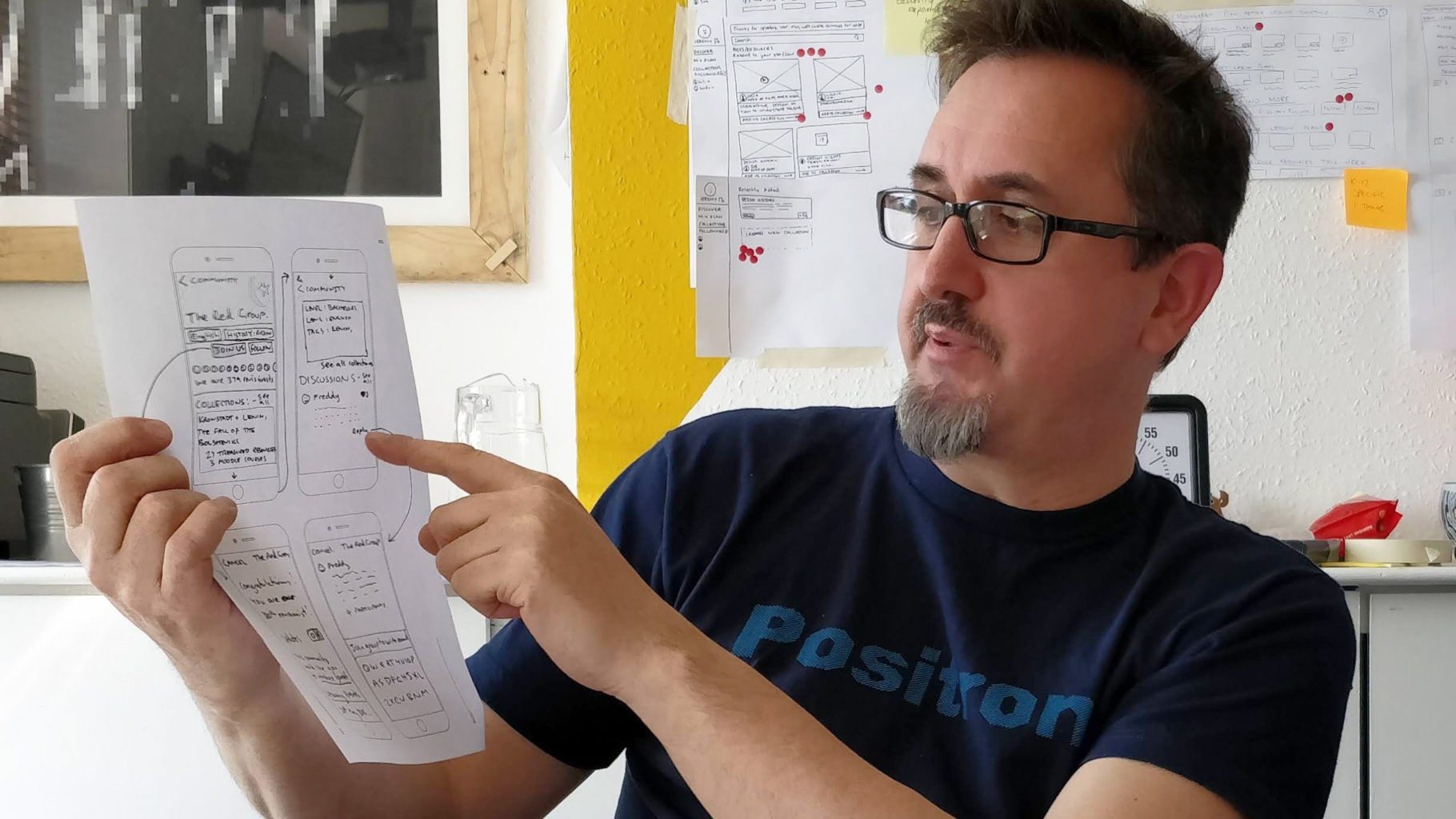Rapid product development
Design Sprints at Outlandish are all about developing your product idea quickly with real users in just a few days. They involve:
- Zeroing in on the key problem you’re trying to solve
- Fleshing out a concept
- Building a prototype that feels like a real product
- … and testing it with real people
Why use a Design Sprint?
In a Design Sprint you learn as much as possible, as fast as possible, about how to make a product to solve your users’ biggest challenges.
At Outlandish we’re increasingly using Design Sprints with clients to help develop new or existing product ideas.
Together we find them hugely effective at getting ideas moving, whilst building great team dynamics.
Some of our Design Sprint clients




What does a Design Sprint look like?


What do you come away with?
At the end of our 5 day sprint, you will have a interactive prototype that feels almost ready to launch.
If it’s an app or website, the prototype is something that users can click around and interact with. It comes complete with core interactions, screen changes, user journeys and more.
And you get an answer to the critical question: would our idea deliver enough value for the people we’re trying to serve?
Here’s an example of a prototype from one of our 5 day Sprints: (Watch from 1:31)
What happens after the Design Sprint?
Once you have an interactive prototype, with insights gathered from testing with real users, you can make effective decisions about how to proceed. You could:
- Use the prototype in funding and investment applications
- Iterate based on the user testing results
- Or even move into building your Minimum Viable Product
Outlandish can help you with all of the above. Or you can take what you’ve learned and develop your solution in-house.
Why work with Outlandish on your Design Sprint?
Design Sprints at Outlandish incorporate our principles of consent-based decision making, in contrast with the Google Ventures role-based approach. We have found this makes a profound difference to ongoing projects and team dynamics.
We also apply a Theory of Change approach. Together we set the final, positive impact we want to bring into the world and identify the key outcomes that will make this happen.
How do I find out more?
Just reach out to us. We always like to meet people making the world a better place.








